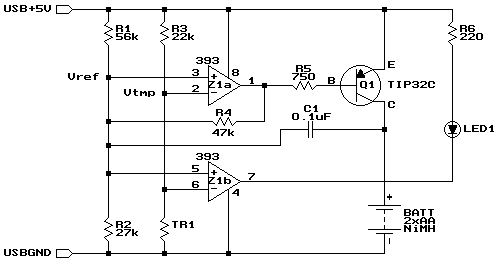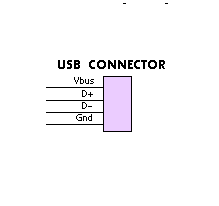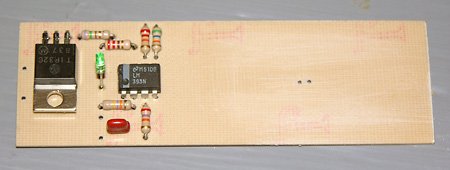Luckybuilding
Member level 1
Hi all,
I wanna make a designed circuit to work with battery and also charge with USB!
The circuit is designed to work with 5v & I wanna add the battery part without changing a large parts of it.
As I studied about it, I'm going to use a dual-cell polymer Li-Ion battery with a regulator. However, it would be great for this circuit to be able to be charged through USB cable.
Can you suggest any circuit to make this possible?
Thanks
I wanna make a designed circuit to work with battery and also charge with USB!
The circuit is designed to work with 5v & I wanna add the battery part without changing a large parts of it.
As I studied about it, I'm going to use a dual-cell polymer Li-Ion battery with a regulator. However, it would be great for this circuit to be able to be charged through USB cable.
Can you suggest any circuit to make this possible?
Thanks




